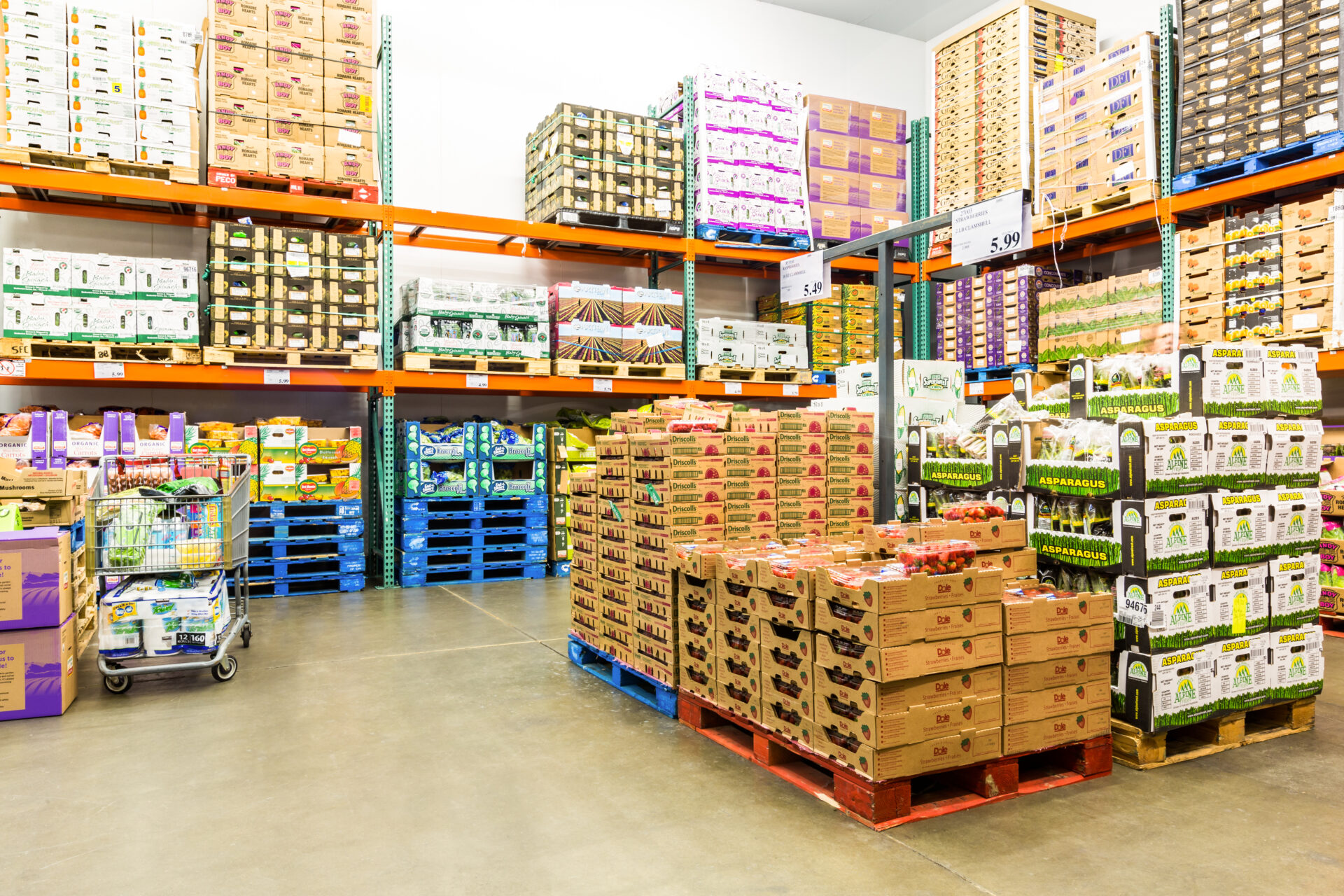

When it comes to storing manufactured items, there is often some anxiety about whether the product will stay in good condition during its time in storage. This anxiety increases when the product is a perishable item that is sensitive to temperature. Fortunately, there is a system that can help relieve this stress and allow a supplier to check on their product while it is in the warehouse: real-time temperature monitoring.
What It Is
Real-time temperature monitoring is the ability to remotely monitor the temperature of a refrigerated storage unit. With the use of wireless sensors that can transmit data to a handheld device, a person can check the internal temperature of storage space with up-to-the-minute accuracy. Many real-time monitors also feature a log that allows users to check each data entry that the sensors recorded[1].
Benefits
Using real-time temperature monitoring gives several advantages to a provider of temperature-sensitive and perishable items. Not only will the wireless sensors monitor a package’s temperature, but they can also monitor elements such as humidity, pressure, and light exposure. Should something unexpected happen at the warehouse, the monitor will alert the user immediately, giving them time to correct the issue. By providing a detailed log of a warehouse’s internal temperature, real-time monitoring provides both the opportunity to correct any temperature deviation and meet any industry compliance standards.
Ultimately, the use of a real-time temperature monitor can save a manufacturer time and money by reducing product waste due to any temperature fluctuation[2].
Challenges
While there are many benefits to real-time temperature monitoring, there are some challenges that a potential user should be aware of. First, there is a higher cost; the technology involved in real-time monitoring is more expensive than that of a standard thermometer. Second, there is the issue of installation and validation. Installing the wireless sensors into a large storage unit can be time-consuming, and there are times when the whole system may have to be validated by an industry auditor[3].
Along comes “Mirador”
A prime example of the capabilities of real-time monitoring in a warehouse setting is the use of Cryopak Digital’s Mirador solution and how it resolved an issue for a major grocery retailer. The retailer had a change in its service level agreement where its picking machines were required to measure dew point, a factor that the retailer had not previously been required to account for. With some calculation modifications, the Mirador solution was able to adapt to the new requirement and the grocery retailer was able to immediately address this new need.
Cryopak Digital not only offers the real-time monitoring solution Mirador but also provides several other data logger options to address your temperature control monitoring needs. To learn more about how Cryopak Digital can provide a benefit to your organization you can reach us through our website; www.cryopakdigital.com, by email; sales@cryopak.com, or by phone; (732) 346-9200.
1 “What Is Real-Time Temperature Monitoring and Why Does Your Food Business Need It?” ComplianceMate, https://www.compliancemate.com/blog/what-is-real-time-temp-monitoring-and-why-does-your-business-need-it
[2] “The Benefits of Remote Temperature Monitoring Systems.” SensoScientific, 20 October 2021, https://www.sensoscientific.com/the-benefits-of-remote-temperature-monitoring-systems/
[3] “The Pros and Cons of Wireless Temperature Monitoring Solutions.” WessexPower, 15 October 2018, https://www.wessexpower.co.uk/loggerblog/pros-and-cons-of-wireless-temperature-monitoring-solutions/